- Esgotado
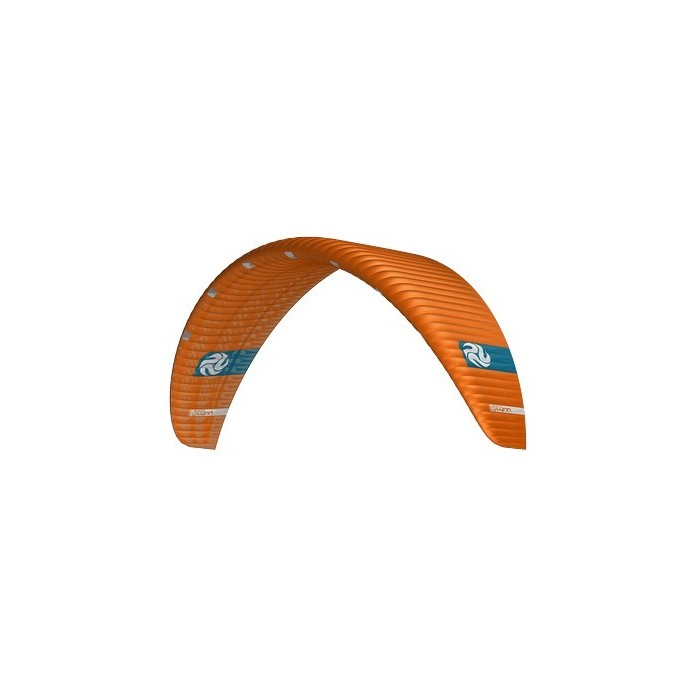










![]()
The Aero v2 is designed to be the ultimate super GT amongst race kites.
It combines blistering pace and acceleration with rider oriented responsiveness, dynamic handling, and unmatched stability. The Aero is built to open the door to a new level of engagement between rider and wing.
Racetrack, light wind ride or everyday cruise, its comfortably balanced bar pressure allows you to stay out longer and push your riding experiences to new heights.
Includes: kite, manual and backpack (no pump, bar and lines).
 Security policy
Security policy
(edit with the Customer Reassurance module)
 Delivery policy
Delivery policy
(edit with the Customer Reassurance module)
 Return policy
Return policy
(edit with the Customer Reassurance module)
There is always room for improvement. Peter Lynn is always challenging current technologies and looking for ways to improve upon what is already there. Since the dawn of traction kiting they have been coming up with clever ideas to make your kiting experiences better, and rather than looking at the competition we have always relied on our own 4 decades of design experience.
In the quest to build the best, every detail counts. No matter how small, each design element has been purposefully tuned to strike the perfect balance between performance and refinement. Every panel, every bridle line and every internal rib has been meticulously shaped and measured to fit its function and vastly improve the kites aerodynamic properties. From the technologically innovative leading edge to the mini ribs along the trailing edge, every aspect of the wing breathes out-and-out performance. While the clever construction and high-quality materials offer unmatched durability.
The Aero v2 is a closed cell depower foil that is faster on every tack and it allows you to ride at unreal speeds and angles. It fills up quicker and accelerates faster. It launches effortlessly and gets you up to speed easier than ever before.
The Aero v2 is designed to be the ultimate super GT amongst race kites. It combines blistering pace and acceleration with rider oriented responsiveness, dynamic handling, and unmatched stability. The Aero is built to open the door to a new level of engagement between rider and wing.
Racetrack, light wind ride or everyday cruise, its comfortably balanced bar pressure allows you to stay out longer and push your riding experiences to new heights.
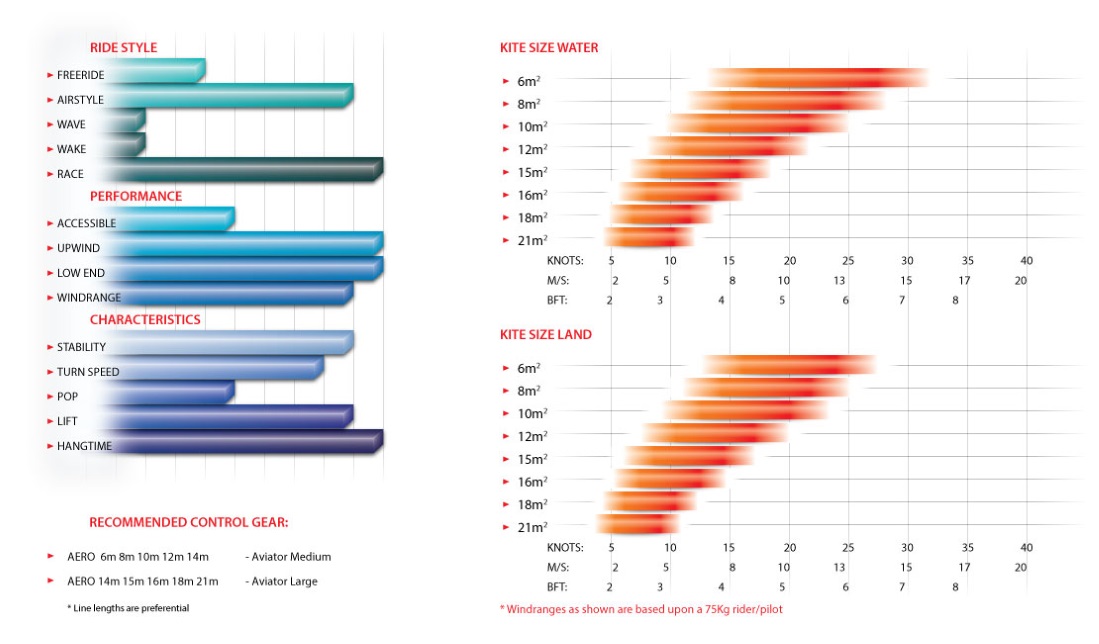
MAIN FEATURES
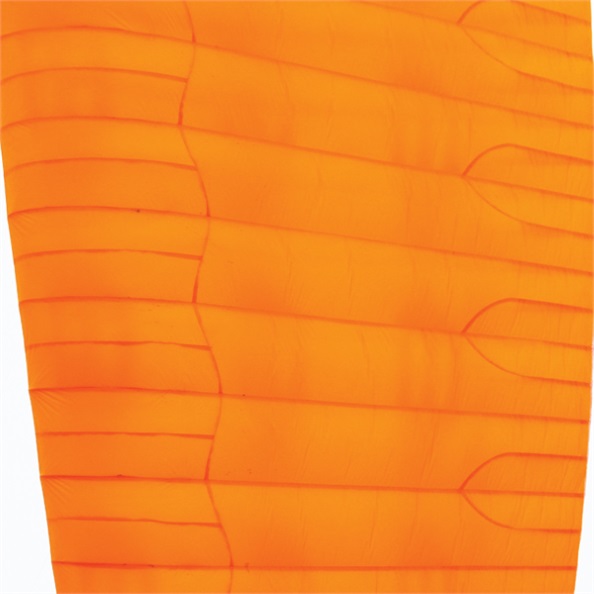
Innovative panel shaping
To truly think outside the box in kite design, one has to think outside of the possibilities that specialised professional CAD applications for designing kites and paraglider canopies offer. At Peter Lynn we recognise that, like in motorsports, aerodynamics largely determine performance. This is why we put a lot of effort into reducing turbulence and unwanted drag. In the Aero this translates into the specially shaped panels in the Leading edge. Traditionally each panel is a straight piece of fabric but since it is impossible to bend a flat surface in cord as well as in span without creating creases and/or folds, our designer has come up with a combination of two pre-shaped panels that allow the topskin to bulge freely to form a smooth, aerodynamically advanced leading edge. This construction is further complimented with a curved seam that prevents creasing in the area where the LE panels connect to the main canopy panels.

Clever internal design
The inside of the kite is designed to maximize dimensional stability and to reduce the need for bridle points. The tension straps running along the bottom skin is a technical detail borrowed from the Twinskin/Arc design and ensures proper bulging of the bottom skin while keeping the tension in check. The clever D and H Ribs allow for evenly spaced out bridle points and create a very rigid frame. Strategically placed cross vents ensure fast inflation and even pressure throughout the wing.
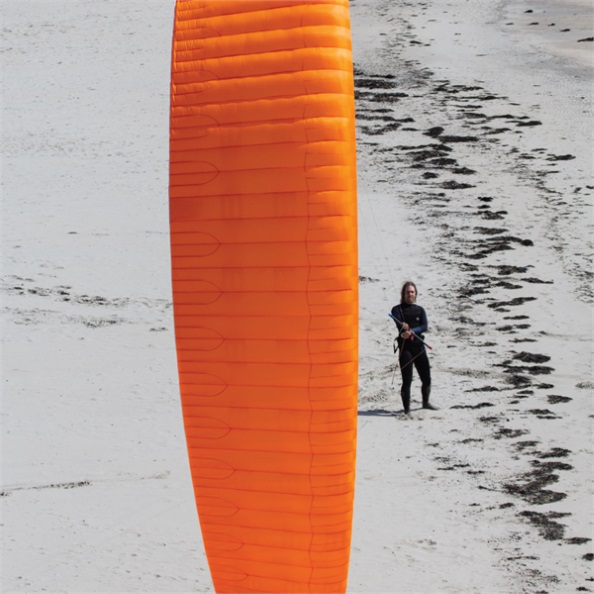
High Aspect Ratio, high cell count
The Aero’s high Aspect Ratio and high cell count make for a very thin and slick wing. The high number of cells ensure the wings dimensional stability and prevents deforming of the designed shape. The High Aspect ratio makes the kite cut upwind like a knife and allows for high flying speeds. Each cell has its own aspect ratio to make the wing as efficient as possible and create a highly dimensionally stable wing.
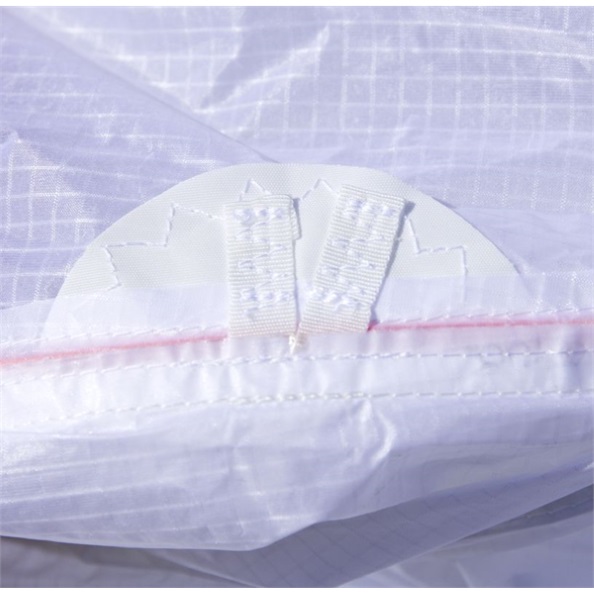
Reinforced bridle points
As the A bridle gets to endure the highest stresses the bridle tabs for the A row are reinforced with a double stitched Dacron patch for strength. The B and C rows are reinforced with a lightweight round nylon patch to save overall weight.
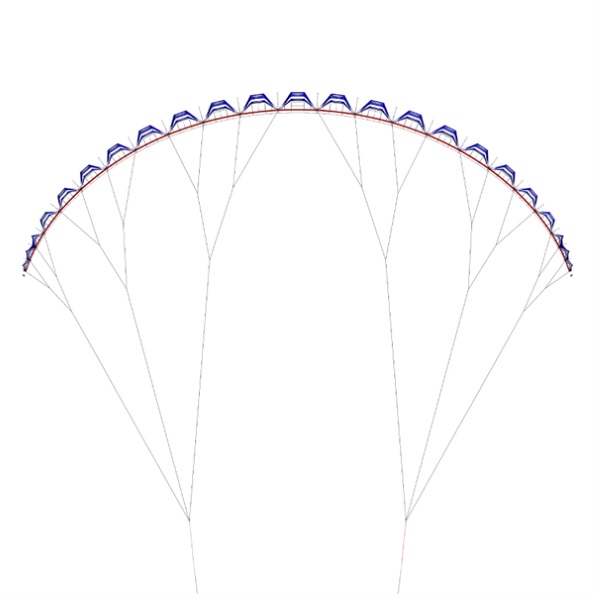
Optimized & minimal bridle
The Internal construction allows for evenly spaced out bridle points which in turn allow for a drastic reduction in overall bridle length. As the B and C rows have less stress to endure our designer has tuned each individual line to be as thin and light weight as possible. The bridle itself is constructed out of the highest grade Liros® DC 100% Dyneema® lines.
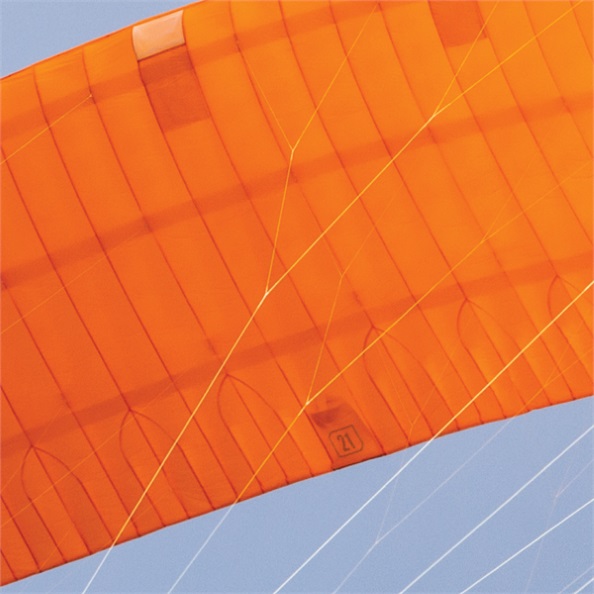
Efficient trailing edge
To minimize turbulence along the Trailing edge of the kite, mini ribs have been placed between the ribs. These ribs have been sewn onto a seam that curves into the seam of the adjacent rib, effectively removing a potential weak spot and ensuring a strong construction. To make optimum use of the mini ribs, the Brake bridle point have been moved forward to create a flap, this flap allows you to position the kite with more precision, vastly improving the kite’s downwind performance.
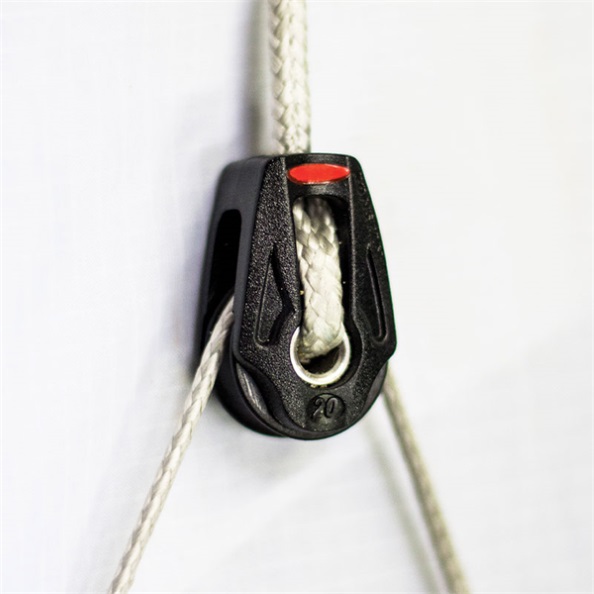
Ronstan® Orbit pulleys
The Aero’s speed system is constructed with 2×2 Ronstan® Orbit pulleys, these high quality pulleys weigh only 9grams and allow for loads up to 250Kg. And since the line goes through the bearing it will always stay connected even in the rare case the pulley gets damaged.
a feeling of control
Built with only high tech, ultra light weight materials the Aero V2 performs in
the lightest of breezes, yet it's sophisticated design and large depower range
assure you remain in control when the wind picks up.
a kite that stays in shape
Fully depowered on the bar and cleat, almost only supported by
the A bridles the kite stays in shape and in the air and this stability
directly translates into acceleration and forward speed.
Next to that it allows the kite to gently drift along during those long and smooth
downwind turns.
Tuned as sharp as possible
Designed with racing in mind the Aero is tuned as sharp as possible
without sacrificing stability. Positioned at the edge of the wind window the
kite delivers thrilling speed and an hard matched upwind drive.
Ficha informativa